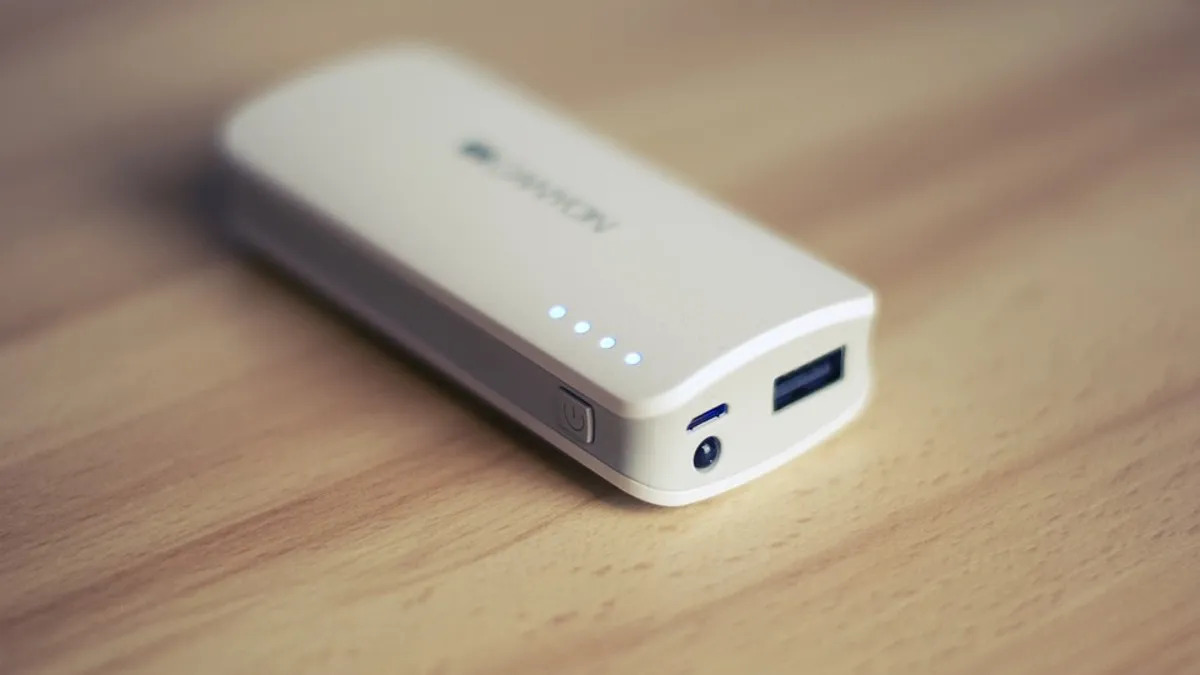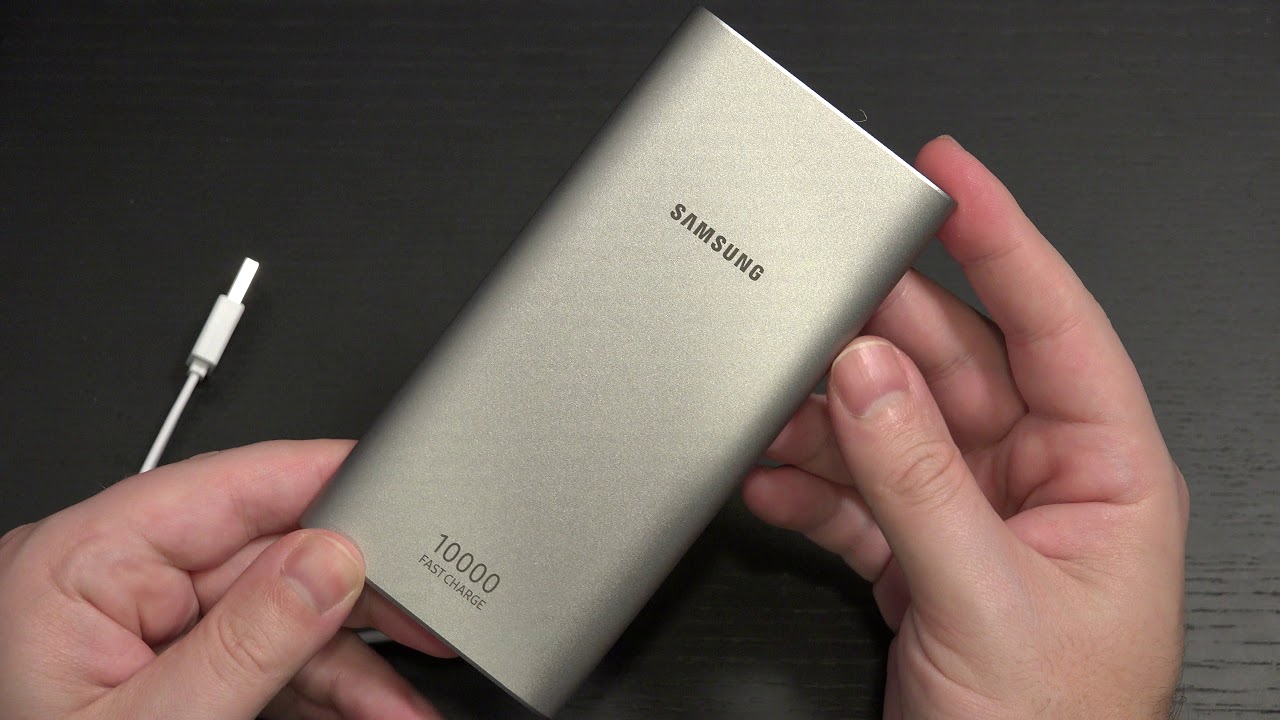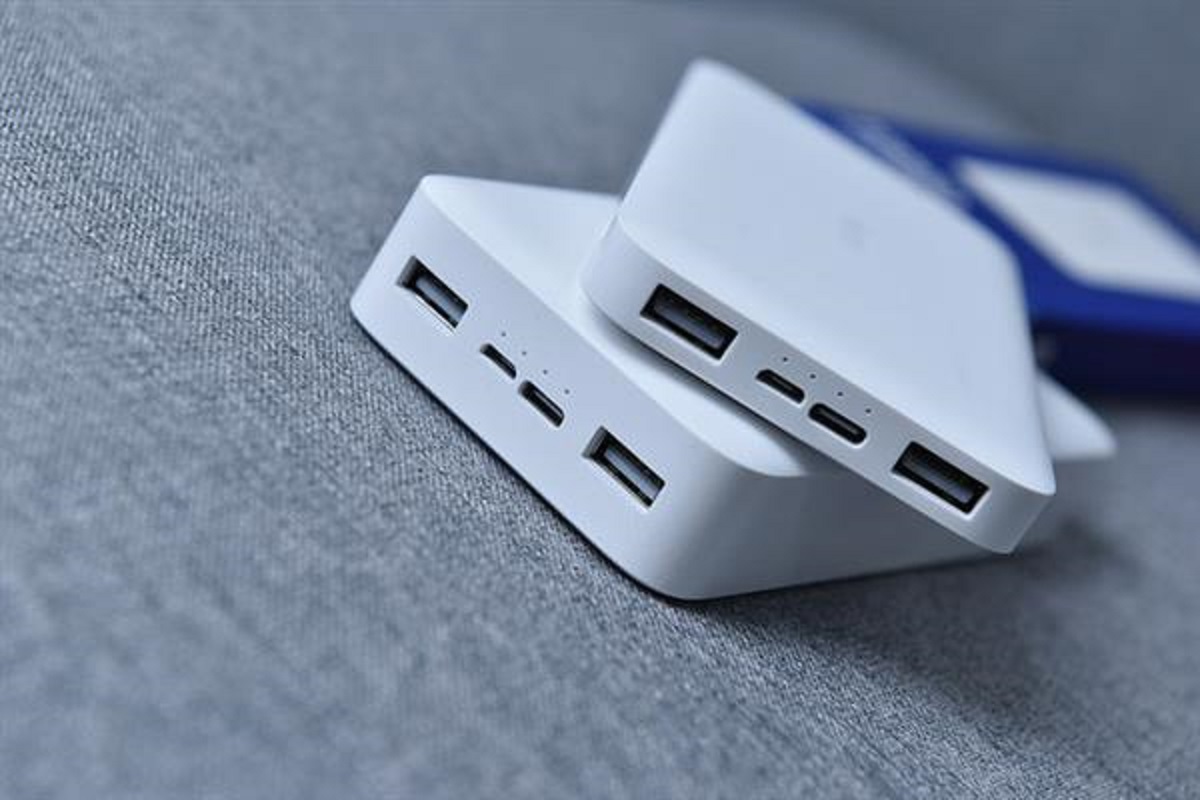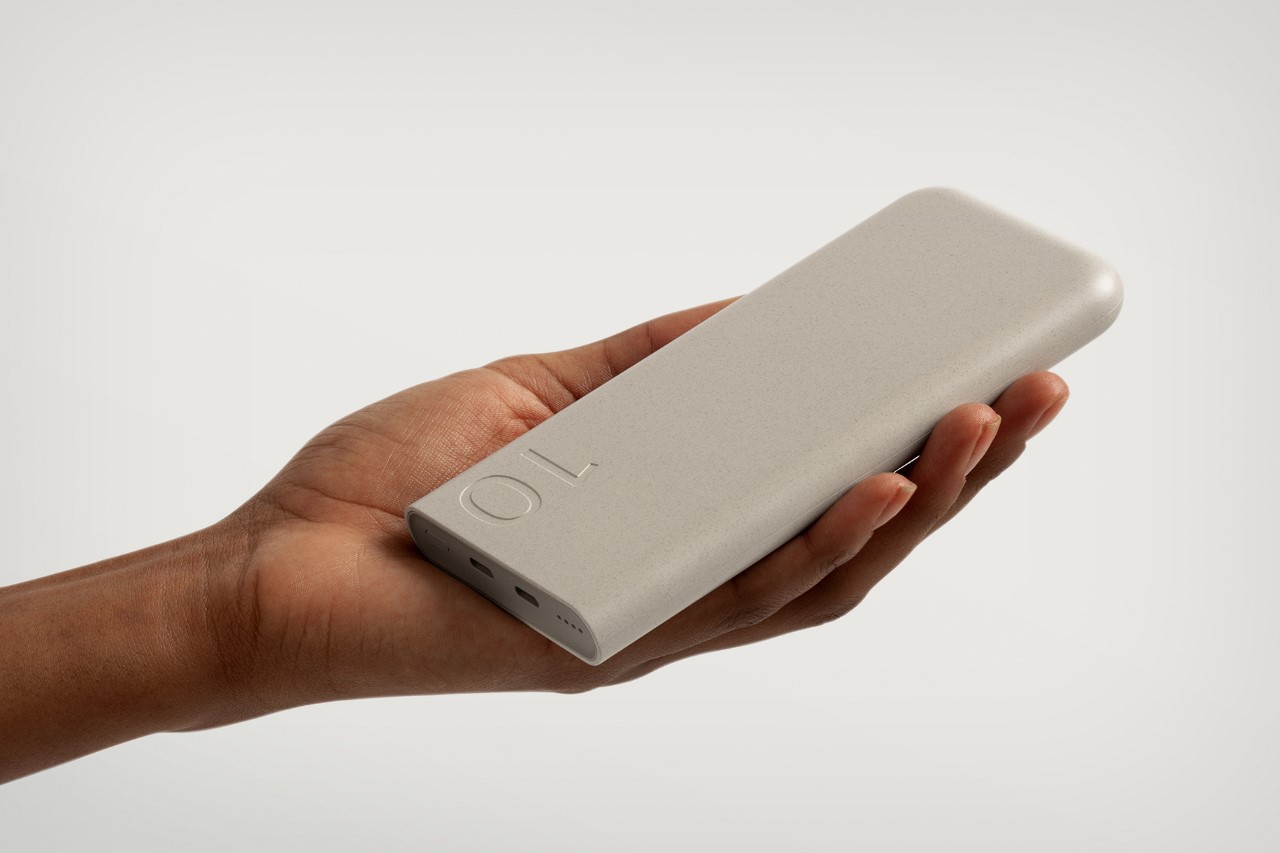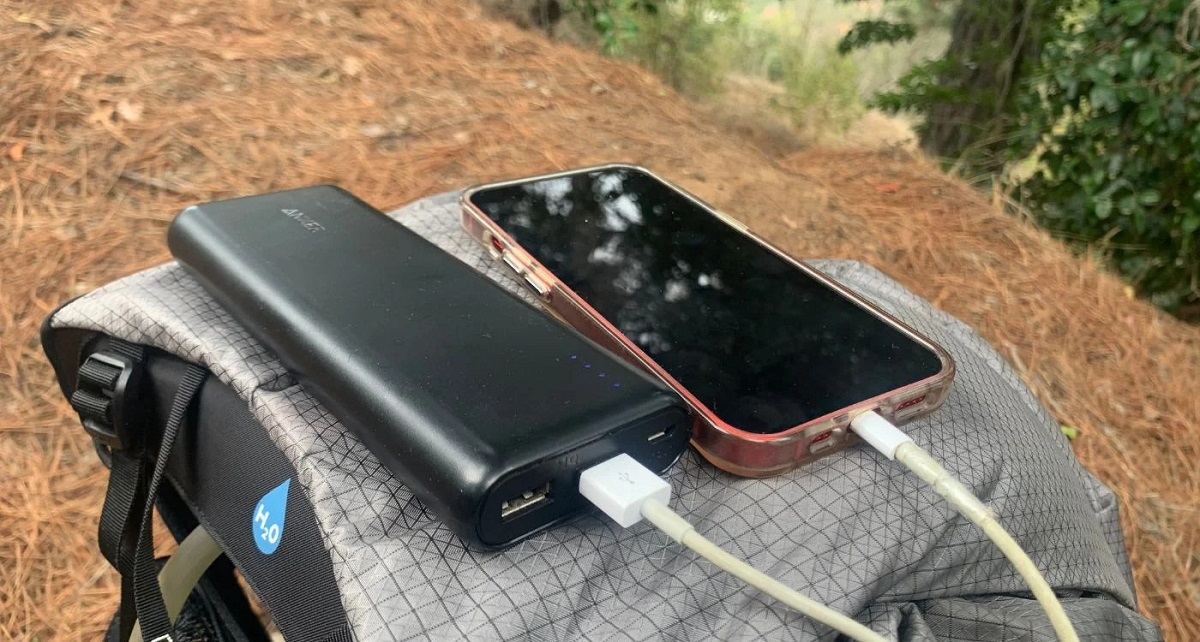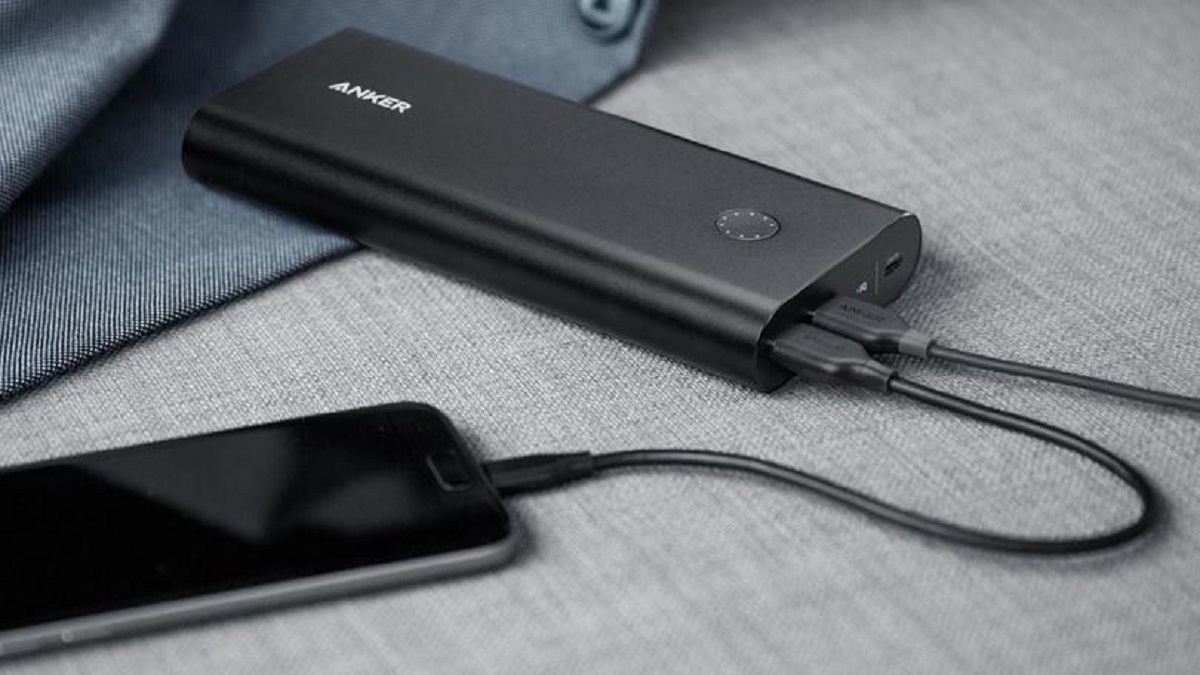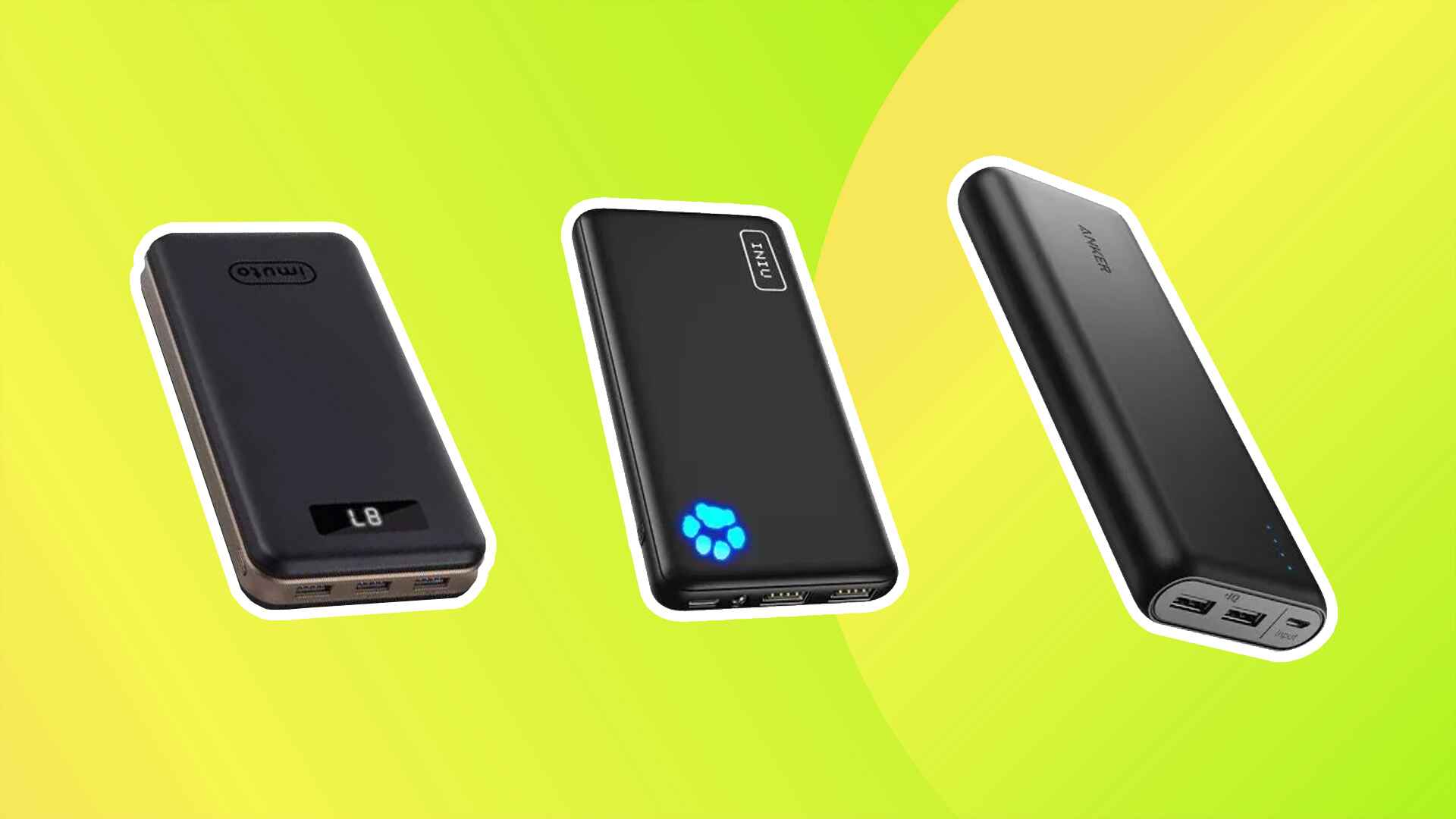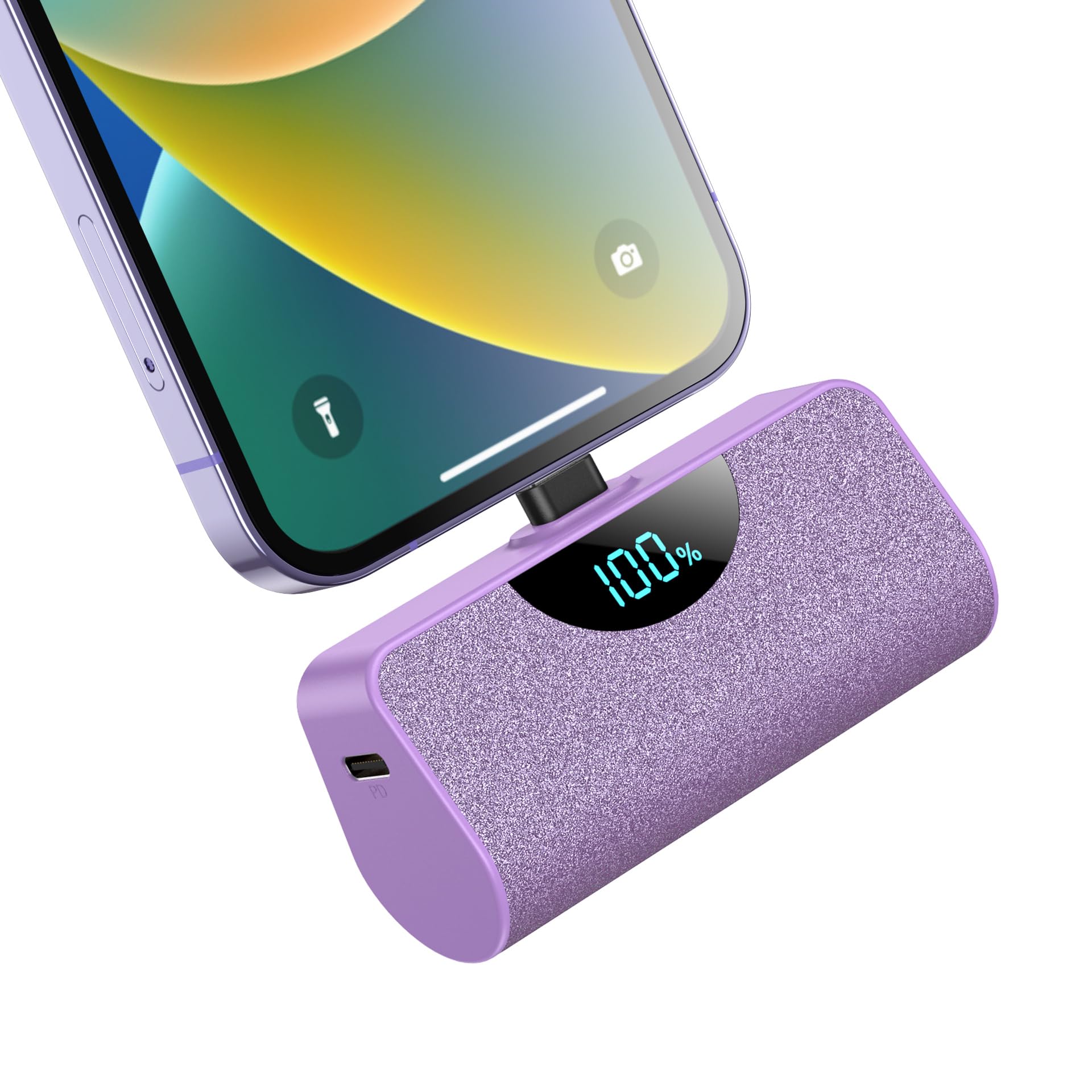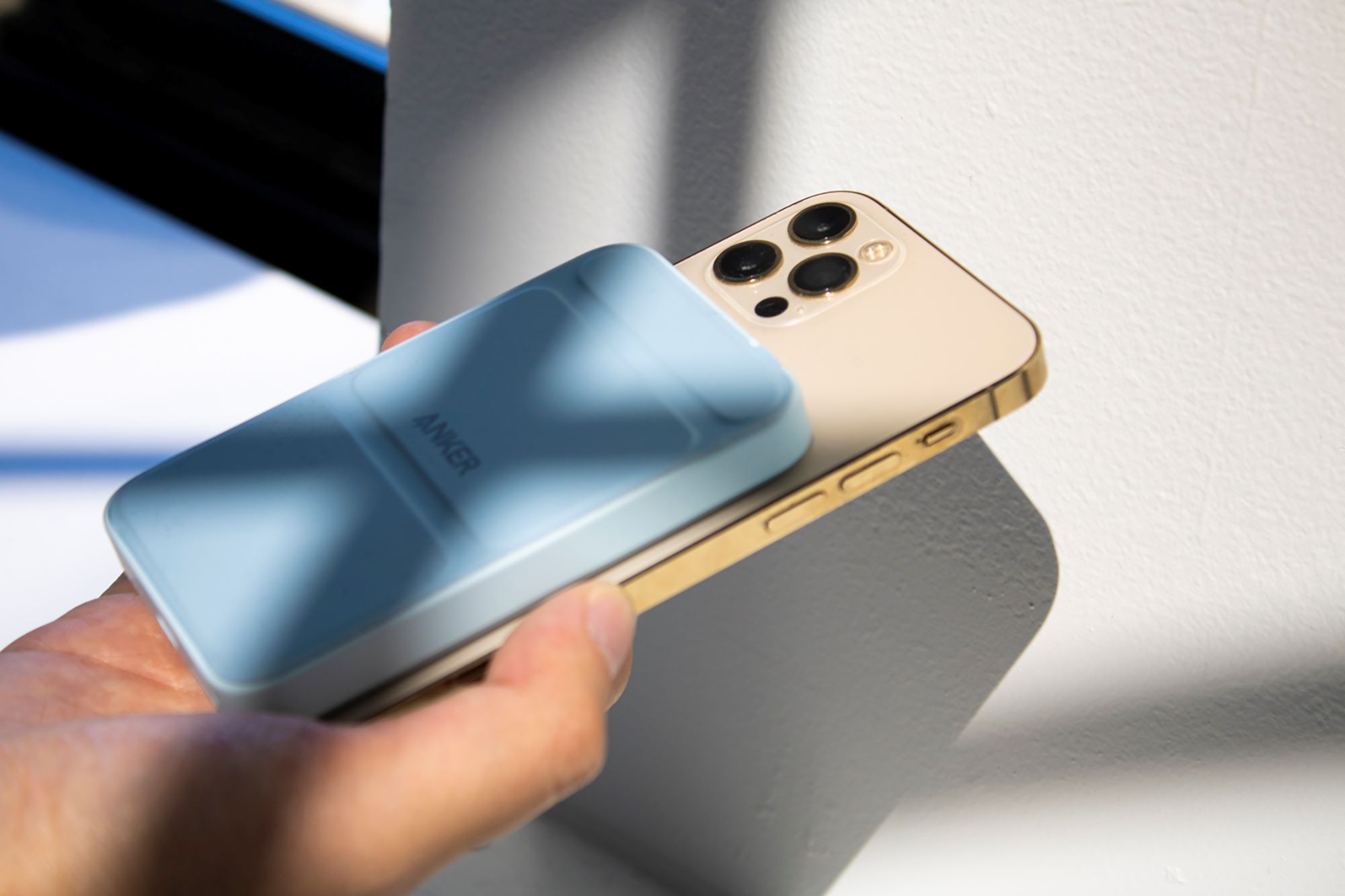Introduction
Welcome to our guide on how long it takes to charge a 10000mAh power bank. In today’s fast-paced digital world, portable power banks have become an essential accessory for anyone on the go. Whether you’re traveling, attending outdoor events, or simply need a reliable backup for your devices, a power bank with a capacity of 10000mAh offers a good balance between portability and charging capability. However, one question that frequently arises is how long it takes to fully charge a power bank of this capacity.
Before we delve into the details, it’s important to note that the charging time of a power bank can vary based on several factors, such as the power input, charging speed, and the current battery level. It’s also worth mentioning that different brands and models may have slightly different charging times. However, in this guide, we will provide you with a general understanding of the charging time for a 10000mAh power bank.
Understanding the factors that affect the charging time is crucial to managing your expectations. In the following sections, we will explore these factors and provide you with some practical tips to optimize the charging process. So, let’s dive in and explore the world of power bank charging!
Factors that Affect Charging Time
Several factors play a role in determining the charging time of a 10000mAh power bank. Understanding these factors will help you estimate how long it will take to fully charge your power bank. Let’s take a look at these factors below:
1. Power Input: The power input of the charging source significantly impacts the charging time. Generally, power banks can be charged using a wall adapter, USB port, or a charging dock. The higher the power input, the faster the power bank will charge. For instance, using a wall adapter with a higher wattage will result in quicker charging compared to a USB port with lower power output.
2. Charging Speed: The charging speed of a power bank depends on its specific charging technology. Some power banks are equipped with advanced fast-charging technologies, such as Quick Charge or Power Delivery, which allow for rapid charging. However, it’s important to note that the charging speed also relies on the compatibility of the connected device. Ensure that both your power bank and device support the same fast-charging technology for optimal speed.
3. Battery Level: The current battery level of your power bank can affect the charging time. In most cases, power banks charge at a slower rate when the battery level is below 50%. As the battery level increases, the charging rate tends to decrease gradually. Therefore, it’s recommended to charge your power bank when it’s completely drained for the fastest charging time.
4. Cable Quality: The quality of the charging cable is often overlooked but plays a significant role in charging efficiency. A poor-quality cable can result in power loss and slower charging speeds. It’s advisable to use a high-quality, thick, and short cable to minimize resistance and maximize charging performance.
5. Environmental Factors: Environmental conditions, such as temperature and humidity, can impact the charging time of a power bank. Extremely high or low temperatures can hinder the charging process and potentially damage the battery. It’s best to charge your power bank in a cool and dry environment to optimize charging efficiency.
By considering these factors, you can get a better estimation of how long it will take to charge your 10000mAh power bank. In the next section, we will calculate the charging time based on these factors and provide you with some helpful tips for faster charging.
Charging Speed of Power Banks
The charging speed of a power bank is determined by its input and output currents. Input current refers to the rate at which the power bank is being charged, while output current refers to the rate at which the power bank can deliver charge to connected devices. Understanding these charging speeds will help you gauge the efficiency and speed of your power bank’s charging process.
The input current of a power bank is usually measured in Amps (A) or milliamps (mA) and represents the flow of current from the charging source to the power bank. The higher the input current, the faster the power bank will charge. For example, a power bank with an input current of 2A will charge twice as fast as a power bank with an input current of 1A, given the same charging source.
On the other hand, the output current signifies the rate at which the power bank can transfer charge to connected devices. It is also measured in Amps (A) or milliamps (mA). The output current can vary depending on the number and type of ports on the power bank. Certain power banks come with fast-charging technologies such as Quick Charge or Power Delivery, which allow for higher output currents, resulting in faster charging of compatible devices.
It’s important to note that the charging speed may vary depending on the compatibility between the power bank and the connected device. For instance, if your device does not support fast charging or is not compatible with the power bank’s charging technology, it may charge at a slower rate even if the power bank has a high output current.
To ensure optimal charging speed, it’s recommended to use a power bank that matches the required input current of your device. Additionally, ensure that your power bank supports fast-charging technologies if you want to take advantage of faster charging speeds.
In the next section, we will calculate the estimated charging time for a 10000mAh power bank, taking into account the aforementioned factors. Stay tuned!
Calculation of Charging Time for a 10000mAh Power Bank
Calculating the charging time for a 10000mAh power bank involves considering several factors, such as the power input, charging speed, and battery level. Although the exact charging time can vary based on these factors and the specific model of the power bank, we can estimate a general range for the charging duration.
First, let’s assume that the power input of the charging source is 2A, which is a common value for wall adapters and USB ports. This means that the power bank is receiving a current of 2A during the charging process. With this input current, it will take approximately 5 hours to fully charge a 10000mAh power bank. Keep in mind that this is an estimation, and the actual charging time may be slightly longer due to factors such as power loss and efficiency.
Furthermore, if your power bank supports fast-charging technologies, such as Quick Charge or Power Delivery, the charging time can be significantly reduced. These technologies allow for higher input current, resulting in faster charging speeds. However, it’s important to ensure that your device is also compatible with the fast-charging technology for optimal results.
It’s worth noting that if you are charging your power bank when its battery level is below 50%, the charging time may vary. Typically, power banks charge at a slower rate when the battery level is low and progressively increase the charging speed as the battery level rises. Therefore, it’s recommended to charge your power bank from a fully drained state for the fastest charging time.
Additionally, using a high-quality charging cable and ensuring a suitable environmental condition can further optimize the charging speed. A good quality cable minimizes resistance and power loss, resulting in a more efficient charging process. Charging your power bank in a cool and dry environment can also help maintain optimal charging efficiency.
It’s important to keep in mind that these calculations and estimations are general guidelines. The actual charging time may vary depending on numerous factors. Therefore, it’s always a good idea to refer to the manufacturer’s specifications and guidelines for more accurate information specific to your power bank model.
In the next section, we will provide you with some practical tips to optimize the charging process for your power bank. Stay tuned!
Charging Tips for Faster Charging
To ensure faster charging for your 10000mAh power bank, here are some practical tips that you can follow:
1. Use a High-Quality Charging Cable: Using a high-quality charging cable can minimize resistance and power loss during the charging process. Look for cables with thicker wires and shorter lengths to optimize charging efficiency.
2. Use a Wall Adapter with Higher Power Output: If possible, use a wall adapter with a higher power output, such as 2A or more. This will provide a faster charging current to your power bank, reducing the overall charging time.
3. Charge from a Fully Drained State: It’s recommended to charge your power bank from a fully drained state for faster charging. Power banks tend to charge at a slower rate when the battery level is low, so starting from zero will result in quicker charging times.
4. Check for Fast-Charging Compatibility: If your power bank supports fast-charging technologies such as Quick Charge or Power Delivery, make sure your connected device is also compatible with these technologies. This will allow for faster charging speeds when using compatible devices.
5. Charge in a Cool and Dry Environment: Extreme temperatures can negatively impact the charging efficiency of your power bank. Charge your power bank in a cool and dry environment to avoid overheating and optimize charging speed.
6. Avoid Using the Power Bank While Charging: If you want to achieve faster charging times, it’s best to avoid using your power bank to charge other devices simultaneously. Using the power bank while charging can slow down the charging process.
7. Follow Manufacturer’s Guidelines: Always refer to the manufacturer’s specifications and guidelines for your specific power bank model. They may provide additional charging tips and recommendations that are specific to your device.
By following these tips, you can optimize the charging process and reduce the overall charging time for your 10000mAh power bank. However, keep in mind that charging times may still vary based on factors such as power input, charging speed, and battery level.
Now that you have a better understanding of the factors that affect charging time, as well as some helpful tips for faster charging, you can make the most out of your portable power bank. Ensure that your devices are always powered up and ready to go!
Conclusion
In this guide, we have explored the factors that affect the charging time of a 10000mAh power bank. We discussed the importance of considering the power input, charging speed, battery level, cable quality, and environmental factors when estimating the charging time. By understanding these factors and following the provided tips, you can optimize the charging process for your power bank.
Remember that the charging time may vary depending on the specific model and brand of your power bank, as well as the compatibility with connected devices. It’s always recommended to refer to the manufacturer’s specifications and guidelines for accurate information.
A 10000mAh power bank can generally take around 5 hours to fully charge with a 2A input current. However, factors such as fast-charging technologies and starting from a fully drained state can significantly reduce the charging time.
To ensure faster charging, make use of a high-quality charging cable, a wall adapter with higher power output, and charge your power bank in a cool and dry environment. Avoid using the power bank while charging and check for compatibility with fast-charging technologies when connecting devices.
By following these tips and understanding the factors at play, you can optimize the charging time of your 10000mAh power bank and keep your devices powered up whenever you need them.
Now, armed with this knowledge, go forth and make the most out of your portable power bank!







